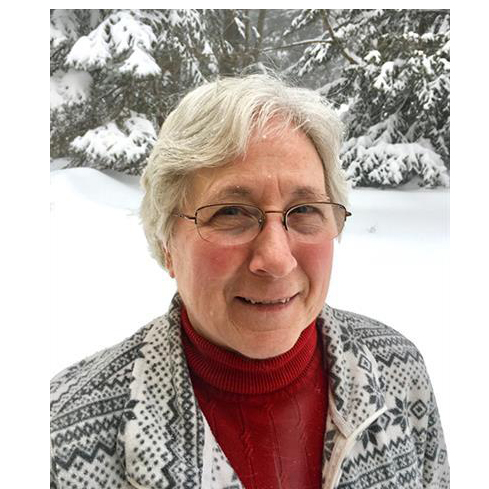Mary Jane Shultz, Professor, Department of Chemistry, Tufts University
Photosynthesis of a Photocatalyst: One Metal Atom at a Time
The Department of Chemistry Presents, via Online Zoom Presentation: Dr. Mary Jane Shultz, Professor, Department of Chemistry, Tufts University
Pt is a rare and thus expensive element. More recent work shows that Ni is also captured as a single atom with a photo efficiency just slightly less than the Pt decorated particles; furthermore SA-Ni yield is 100%. This talk will describe the kinetic, thermodynamic, and spectroscopic evidence as well as the emerging molecular-level picture of these particles.
Single atom (SA), noble metal catalysts are of interest due to high projected catalytic activity while minimizing cost. Common issues facing many synthesis methodologies include complicated processes, low yields of SA product, and production of mixtures of SA and nanoparticles (NPs). This seminar reports a simple, room-temperature synthesis of single Pt-atom decorated, anatase Fe-doped TiO2 particles that leverages the Fe dopant as an engineered defect site to photodeposit and stabilize atomically dispersed Pt. Both particle morphology and Fe dopant location are determined by thermodynamic principles (Gibbs−Wulff construction). Characterization of the Pt decorant uses CO−DRIFTS (diffuse reflectance infrared Fourier transform spectroscopy) and by XAS (X-ray absorption spectroscopy); XAS also locates the Fe. Pt loading on single particles is a whopping 2.5 wt % Pt; the single Pt-atom decorated nanoparticle yield is 17%. Pt-containing particles show more than an order-of-magnitude increased photooxidation efficiency relative to particles containing Fe alone.
Research/Areas of Interest: Physical Chemistry and Surface Science. The Shultz group applies physics and chemistry to understand the inner workings of hydrogen bonding. Hydrogen bonding plays key roles in environmental, biological, and atmospheric chemistry. Our program has research thrusts in all three directions. We specialize both in devising environments that clearly reveal key interactions and in developing new instrumentation. The most recent focus is on icy surfaces and on clathrate formation. Probing the ice surface begins with a well-prepared single-crystal surface. We have unique capabilities for growing single-crystal ice from the melt and for and preparing any desired ice face. Our clean water efforts are aimed at developing new materials to fill the significant need for safe drinking water. According to the World Health Organization, over one billion people lack safe drinking water. Our program is based on using photo catalysts to capture readily available sunlight to turn pollutants into benign CO2 and water. We developed methods to grow ultra-nano (~2 nm) particles that have well-controlled surface structures and chemistry.
Education
BS, University of Wisconsin–Madison, Madison, United States, 1970
PhD, Massachusetts Institute of Technology, Cambridge, United States, 1975
mary [dot] shultz![]() tufts [dot] edu (mary[dot]shultz[at]tufts[dot]edu)
tufts [dot] edu (mary[dot]shultz[at]tufts[dot]edu)

